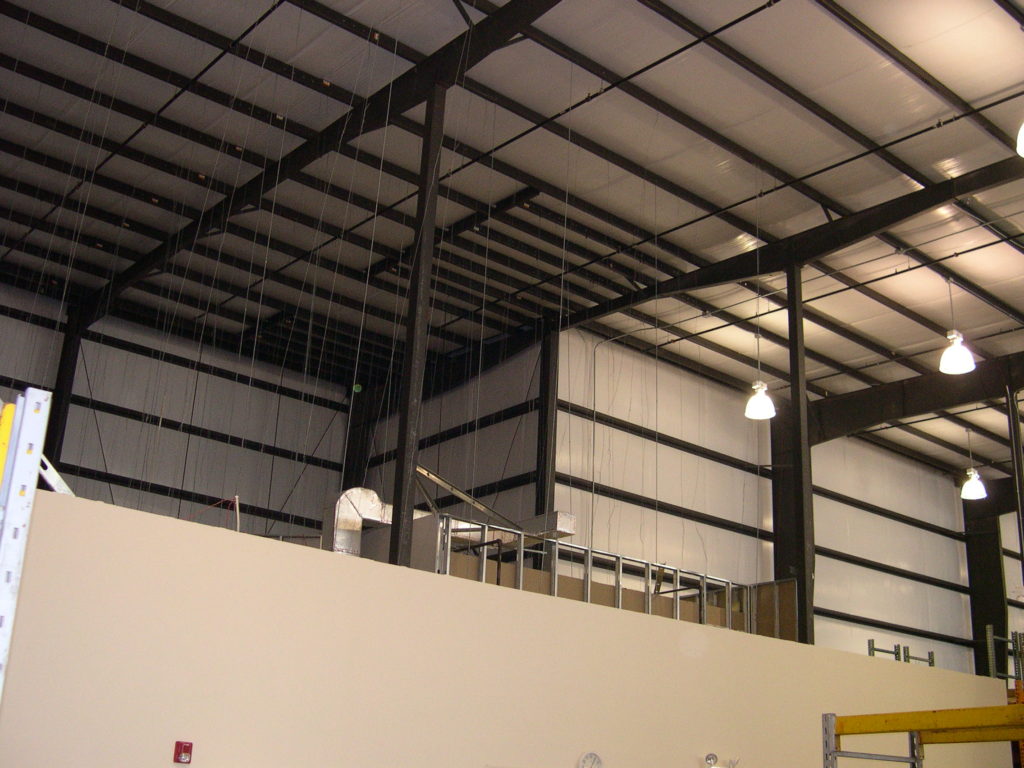As a business owner of Steel Frame Building Supplier, I have witnessed the evolving trends in building materials, especially in the context of metal buildings and steel framed kit buildings. In this article, we will delve into the differences between these two popular construction approaches, highlighting their unique characteristics and applications.
Understanding Metal Buildings
Metal buildings, as the name suggests, are structures predominantly made using various metals. These buildings are known for their durability and versatility. They can be used for a wide range of applications, from industrial units to commercial spaces. The flexibility in design and the speed of construction are significant advantages of metal buildings. However, it’s crucial to understand that ‘metal building’ is a broad term that encompasses various materials, including steel.
Steel Framed Kit Buildings – A Specific Approach
On the other hand, steel framed kit buildings are a subset within the broader category of metal buildings. These are specifically designed with a steel frame fabrication, providing remarkable strength and durability. Steel kit buildings are prefabricated, meaning they are manufactured off-site and then assembled at the location. This method ensures precision and a faster construction process. Steel framed kit buildings are particularly popular in the UK for their efficiency and cost-effectiveness.
Comparing the Two: Metal vs. Steel Framed Kit Buildings – A Deeper Dive
The distinction between metal buildings and steel framed kit buildings is nuanced yet significant. As a prominent Steel Buildings Supplier in the UK, it’s vital to understand these differences to ensure the best choice for your specific requirements. Let’s delve deeper into comparing these two popular construction choices.
Construction Process and Time Efficiency
- Metal Buildings:The construction process for metal buildings can vary greatly depending on the materials and design complexity. Generally, these buildings may require more time for construction due to the need for on-site assembly and customisation.
- Steel Framed Kit Buildings:Steel kit buildings are known for their quick and efficient assembly process. The components are prefabricated in a controlled factory environment, which not only speeds up construction but also reduces the likelihood of errors and delays.
Customisation and Design Options
- Metal Buildings:One of the key advantages of metal buildings is their high degree of customisability. They can be designed to suit a wide range of architectural styles and functional needs, making them suitable for diverse applications from simple storage units to complex industrial facilities.
- Steel Framed Kit Buildings:While steel kit buildings offer a degree of customisation, they are typically bound by the limits of prefabricated designs. However, these designs are often versatile and can be modified to a certain extent to meet different requirements.
Structural Integrity and Load Bearing Capacity
- Metal Buildings:The structural integrity of metal buildings depends largely on the type of metal used. Some metals may offer greater flexibility but less strength, impacting the building’s overall load-bearing capacity.
- Steel Framed Kit Buildings:Steel, known for its high tensile strength, ensures that steel framed kit buildings have excellent load-bearing capacity. This makes them particularly suitable for industrial units where heavy machinery or goods might be stored.
Environmental Considerations
- Metal Buildings:The environmental impact of metal buildings is mixed. While they can incorporate recycled materials, the overall sustainability depends on the type of metal used and the efficiency of the construction process.
- Steel Framed Kit Buildings:Steel’s recyclability makes steel framed kit buildings a more environmentally friendly option. The energy-efficient manufacturing process and the potential for lower waste during construction further enhance their green credentials.
Long-Term Maintenance and Durability
- Metal Buildings:Maintenance requirements for metal buildings depend on the specific metal used. Some may require more frequent upkeep to prevent issues like rust and corrosion.
- Steel Framed Kit Buildings:Steel’s resistance to corrosion and pests makes steel framed kit buildings low-maintenance. Their durability is one of their most appealing features, often leading to a longer lifespan with minimal upkeep.
Cost Implications
- Metal Buildings:The cost of constructing a metal building can be variable, influenced by the price of the metal used and the complexity of the project. Sometimes, the long-term maintenance costs can also add up, affecting the overall affordability.
- Steel Framed Kit Buildings:The initial cost of a steel framed kit building might be higher than some metal buildings, but their durability and low maintenance often result in lower total cost of ownership over time.
Applications in the UK Market
In the UK, particularly in areas like Manchester, there is a growing demand for steel portal frame buildings and steel frame buildings. The strength, adaptability, and cost-effectiveness of steel framed kit buildings make them an ideal choice for industrial units and commercial spaces. As a leading Steel Buildings Supplier in the UK, our company specializes in providing tailor-made solutions that cater to the specific needs of our clients, ensuring quality steel frame fabrication and assembly.
Conclusion
Understanding the differences between metal buildings and steel framed kit buildings is crucial for making informed decisions in construction. Each has its unique advantages and applications, making them suitable for different project requirements. As a business owner in the construction sector, I advocate for a thorough evaluation of your specific needs and the characteristics of each type to determine the best fit for your project.


